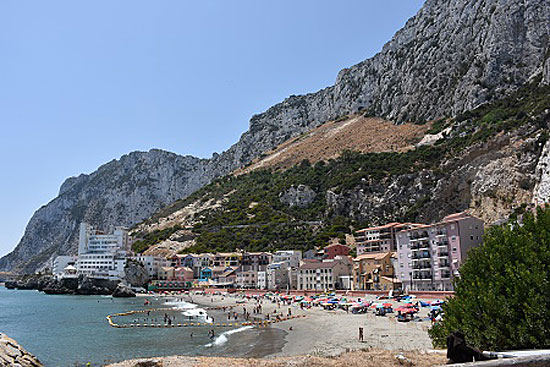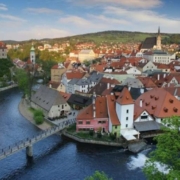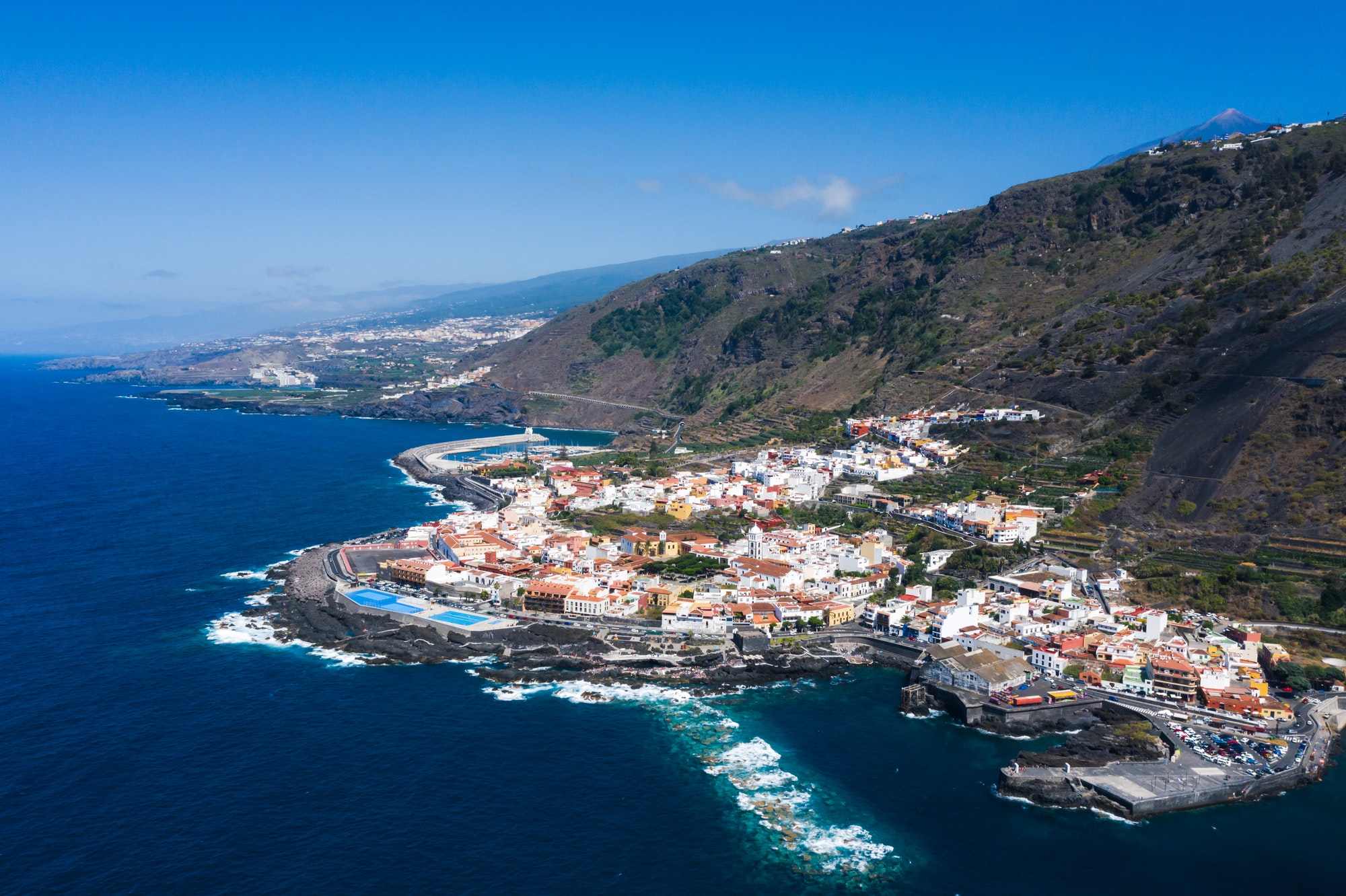Cruise Ports: What to Do in Gibraltar
Gibraltar, a 2.6-square-mile British territory on Spain’s southern coast, features more than enough attractions for day visitors. Known best as the “Rock,” Gibraltar has long been a symbol of strength and stability, and not just because it has served as the icon for Prudential Insurance for decades. Gibraltar occupies a strategic position at the mouth of the Mediterranean Sea. Whoever controls Gibraltar could also control access to important shipping and defense routes. Along with a sliver of coastal land, Gibraltar is a mass of Jurassic limestone whose sheer cliff wall rises 1,398 feet high. Home to 32,000 people, Gibraltar receives some 200 cruise ships per year, many of them on day trips from nearby Spain. Driving the Rock, whether in a taxi or on a tour, requires maneuvering through a stretch of open road that alternates with a series of tunnels. If this looks familiar, it’s because this section briefly appears in the pre-opening sequence in the James Bond movie “The Living Daylights.”
Top 6 Gibraltar Attractions
 © Candyce H. Stapen Photography
© Candyce H. Stapen Photography Europa Point Mosque
Take in the View from Europa Point
At Europe Point, the Atlantic and the Mediterranean meet. From here, on a clear day, you can see both Europe and Africa in the distance. Morocco is about 15 miles away and Spain is about five miles.
In the area view the automated, red-and-white striped lighthouse; a memorial to General Sikorski, the Commander in chief of the Polish Army and former Polish prime minister killed in exile; as well as a church and a mosque (above), said to be among the largest in a non-Islamic nation.
 © Candyce H. Stapen Photography
© Candyce H. Stapen Photography World War II Tunnels
Explore the Tunnels
Inside the Rock are 33 miles of tunnels, most of which are off-limits to the public. Begun in 1782, the Great Siege Tunnels were created to mount guns to defend Gibraltar. Inside are dioramas of period soldiers hacking through the rock and positing guns. The World War II tunnels, constructed to defend Gibraltar from enemy invasion, were built wider to accommodate vehicles. Photographs on the wall show how the soldiers lived in the tunnel, which also contained a hospital.
Climb the Rock: Walk Up (or Down) the Mediterranean Steps
This might be one of the most scenic staircases in Europe. The stone steps wind along the Rock face, providing spectacular sea views. In places the climb requires a steep, almost vertical ascent—or descent—so the trek isn’t for the young or the unsteady. Take plenty of water and wear a hat, especially in summer.
 © Candyce H. Stapen Photography
© Candyce H. Stapen Photography Jews’ Gate
Learn about Jewish history: Jews’ Gate
Jews fleeing the Inquisition in Spain and persecution in other parts of Europe, arrived in Gibraltar. Although they were not officially welcome, many stayed. Jews’ Gate, reopened as a tourist site in May 2015, is a hillside cemetery whose headstones lie flat against the earth. The earliest markers dates to 1726 and the most recent, 1848, after which the cemetery was closed for interments.
 © Candyce H. Stapen Photography
© Candyce H. Stapen Photography Apes’ Den
Watch the Wildlife: Gibraltar Nature Reserve and Apes’ Den
The preserve accounts for about 40% of the Rock’s land. Watch for peregrine falcons, eagles, buzzards and other migratory birds; admire the stalagmites and stalactites of St. Michael’s Cave; and enjoy flowers that bloom along the roadside. At Apes’ Den, catch site of the Rock’s mischievous monkeys, the tailless Barbary macaques. Remember, however tame these critters look, they are wild.
 © Candyce H. Stapen Photography
© Candyce H. Stapen Photography Catalan Bay
Sun on the Beach: Catalan Bay
Catalan Bay, a gray swath of sand, at the Rock’s base, is perhaps the best place for sunning. Bring your own blanket/towels.


 Physician's Money Digest
Physician's Money Digest Frommers.com
Frommers.com Physician's Money Digest
Physician's Money Digest Physician's Money Digest
Physician's Money Digest Dentist's Money Digest
Dentist's Money Digest Physician's Money Digest
Physician's Money Digest Physician's Money Digest
Physician's Money Digest The Washington Post
The Washington Post